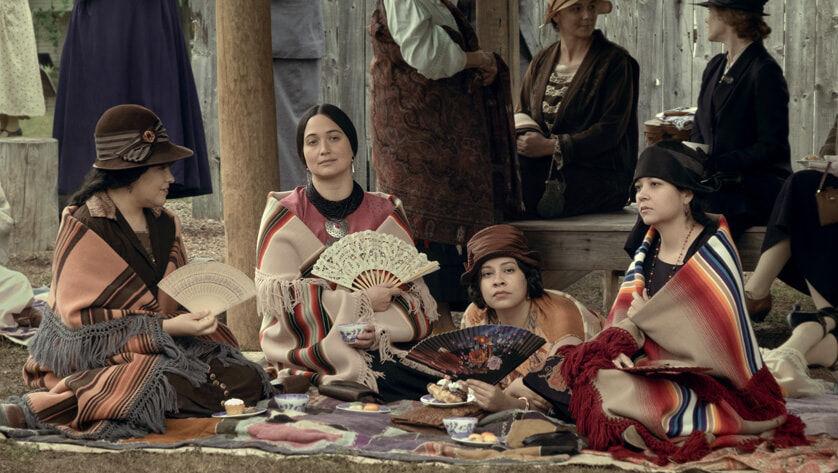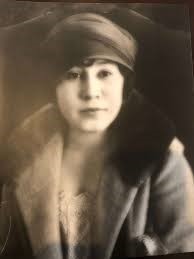Authors:
Historic Era: Era 7: The Emergence of Modern America (1890-1930)
Historic Theme:
Subject:
Fall 2023 | Volume 68, Issue 7


Authors:
Historic Era: Era 7: The Emergence of Modern America (1890-1930)
Historic Theme:
Subject:
Fall 2023 | Volume 68, Issue 7

Last spring, an email arrived with the power of a comet jolted from its ancient orbit. It bore a faded newspaper clipping from 1920s Tulsa — a half-page pictorial of the driveway murder scene of my father’s parents, noting the spot where he had watched it as a teenager.

Under the headline “Felled by Bullets,” I finally learned the facts of my grandparents’ murder. On my computer screen, the past unsealed itself — an era when whites, impelled by a culture of killing, slew Osage Indians with impunity. A next-door neighbor, a lone white man, had waited on the steps for my father’s parents’ black car. Knowing that a white man wouldn’t be prosecuted, he shot them over a petty dispute involving the use of a garage.
My response to the clipping surprised me; I wasn’t distressed. Instead, I found myself coming to a quiet, profound closure. Like the wonder of an unhurried moonrise, my new insights revealed the source of trauma inflicted on me and my family by a wounded, authoritarian father. With the fresh confidence of solid facts, I was astonished to realize that I was healing over 100 years of intergenerational trauma.
In an amazing coincidence, I received this email as I followed the making of the movie, Killers of the Flower Moon in theaters this month. Directed by the renowned Martin Scorsese, it’s based on David Grann’s nonfiction book of the same name. It tells the often-forgotten history of 1920s Oklahoma, when, in the words of one FBI agent, “hundreds and hundreds” of Osages were murdered for their oil money.
I’m an enrolled member of the Osage Tribe, which, according to Grann, “laid claim to much of the central part of the country, a territory that stretched from what is now Missouri and Kansas to Oklahoma, and still farther west, all the way to the Rockies.” After the Louisiana Purchase in 1803, Grann writes, President Thomas Jefferson “informed his secretary of the navy that the Osage were a great nation and that ‘We must stand well because, in their quarter, we are miserably weak.’”
The tribe was traumatically reduced by forced migrations to their final reservation in 1872, in what is now Osage County, slightly larger